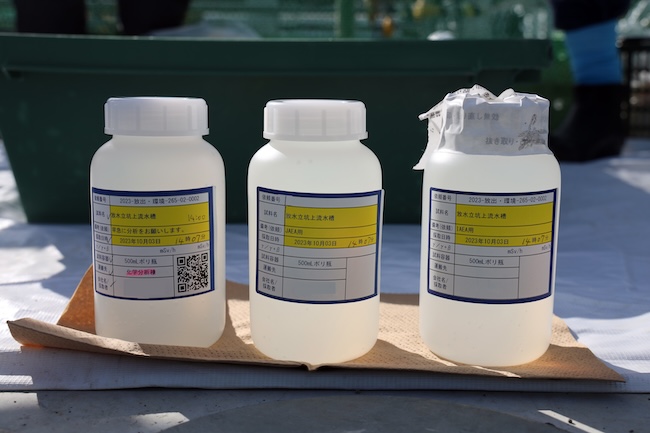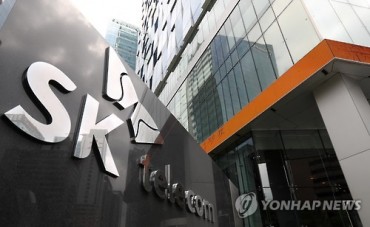
Strontium, which had not been previously detected, was found in this sample, raising concerns due to its potential health risks. (Image courtesy of Yonhap)
TOKYO, Oct. 23 (Korea Bizwire) – On Thursday, the Tokyo Electric Power Company (TEPCO) reported its analysis of a sample of contaminated water scheduled for a third discharge from Tank A at its Fukushima plant for measurement and verification.
The results revealed the presence of various radionuclides including carbon-14, cesium-137, cobalt-60, strontium-90, and iodine-129. Most notably, strontium, which had not been previously detected, was found in this sample, raising concerns due to its potential health risks. Strontium-90 has a half-life of 29 years and can lead to cancer if it accumulates in the body.
TEPCO, the operator of the plant, indicated that the samples were obtained on July 10 from Tank A, a measurement and verification tank used for containing treated, contaminated water before discharge. TEPCO treats this water at the Advanced Liquid Processing System (ALPS) before analyzing it for harmful substances prior to release.
The sample showed a tritium concentration of 130,000 becquerels per liter (Bq), which is lower than the 140,000 Bq detected in the previous sample. However, in addition to tritium, other radioactive substances such as carbon-14, cobalt-60, strontium-90, yttrium-90, iodine-129, and cesium-137 were found. Notably, strontium-90 and yttrium-90 were absent in the second discharge that commenced on May 5.
TEPCO noted that the concentrations of the detected radionuclides and harmful heavy metals remained below established limits, thereby not posing safety concerns. Nevertheless, there are apprehensions that the levels have increased compared to the previous discharge, and some harmful substances that could not be completely filtered out continue to be released into the sea.
Both the Japanese government and TEPCO have previously stated that ALPS is capable of removing most harmful substances, excluding tritium. However, substances that cannot be effectively filtered out continue to be discharged, a matter that has raised concerns in Japanese society.
An official from the Fukushima Prefectural Federation of Fishermen’s Cooperatives expressed these concerns, emphasizing that it’s not just tritium but all radioactive substances that worry them. They proposed that citizens should have the ability to investigate these substances themselves if they are within acceptable levels. Additionally, they argued that releasing samples of treated water for examination before dilution with seawater would enhance transparency and credibility.
However, the Japanese government has appeared reluctant to embrace this idea. The official mentioned that when they suggested this to the Minister of Economy, Trade and Industry, the response was non-committal, stating they would consider it.
J. S. Shin (js_shin@koreabizwire.com)






